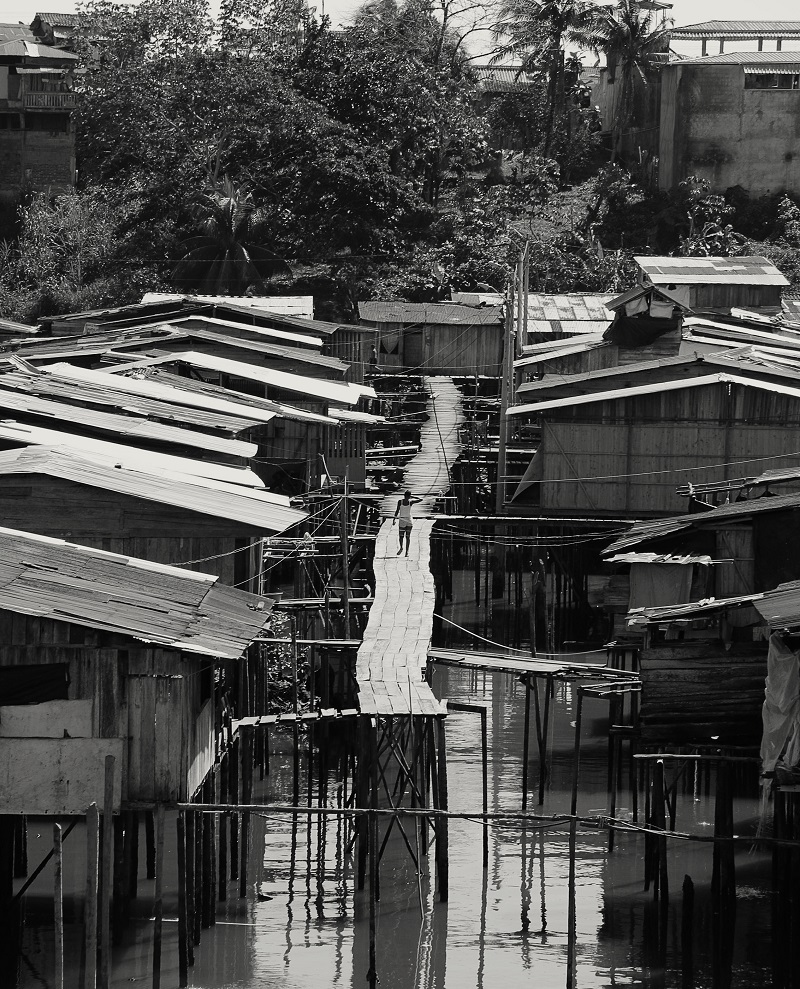Sovereignty on Stilts, Drawing a Genealogy of Extra-Territorial Urbanization along the Mudflats of the Tropical Belt
Gabriel Muñoz Moreno & Santiago Serna González, Harvard University Graduate School of Design, USA.
Awards ���������� President's Awards for Research 2017
Category Cities & Community

“Self-constructed cities... are the product of culturally driven individual and communal initiatives. [A]re a dynamic form of urbanization in constant transformation, rich in diverse socio-economic relationships and physical morphology and with a unique ability to adapt to local conditions.” —Gouverneur, David. Planning and Design for Future Informal Settlements. Oxon: Routledge, 2015. The emergence of cities is directly proportional to the resources available for them to sustain a certain population, labor being a necessary asset to do so. What if a resource flux of a region is vulnerable or scarce? Then, the quest for supplies happens in foreign territories, producing conflicts such as war, colonization, slavery, power imposition or native displacement, losing cultural knowledge, driving the meaning of urbanism and development toward an unquestionable understanding – Koolhaas’ Generic City: “The Generic City presents the final death of planning… Planning makes no difference whatsoever. Buildings may be placed well (a tower near a metro station) or badly (whole centers miles away from any road). They flourish/perish unpredictably.” Sovereignty on Stilts exemplifies this phenomenon by showing how the displacement of native communities in Latin-American Pacific coasts has occurred for centuries – from the Atlantic Slave Trade to the current commercial pressures. Coastal vernacular culture, rich in solutions for challenges of sustainability and resiliency, is hindered from reaching international acclaim by its poorly representation in the public media. To understand the native lifestyle, we visited the stilt neighborhoods of Buenaventura, Colombia, and Guayaquil, Ecuador. The state claims inhabited intertidal land by proposing commercial developments without cultural comprehension, imposing foreign lifestyles and economies, resulting in indirect slavery. To unveil the reality and value of these communities – prevalent across the tropical belt –, Sovereignty on Stilts questions the definition of poverty that western institutions, the United Nations and World Bank, offer nowadays.
